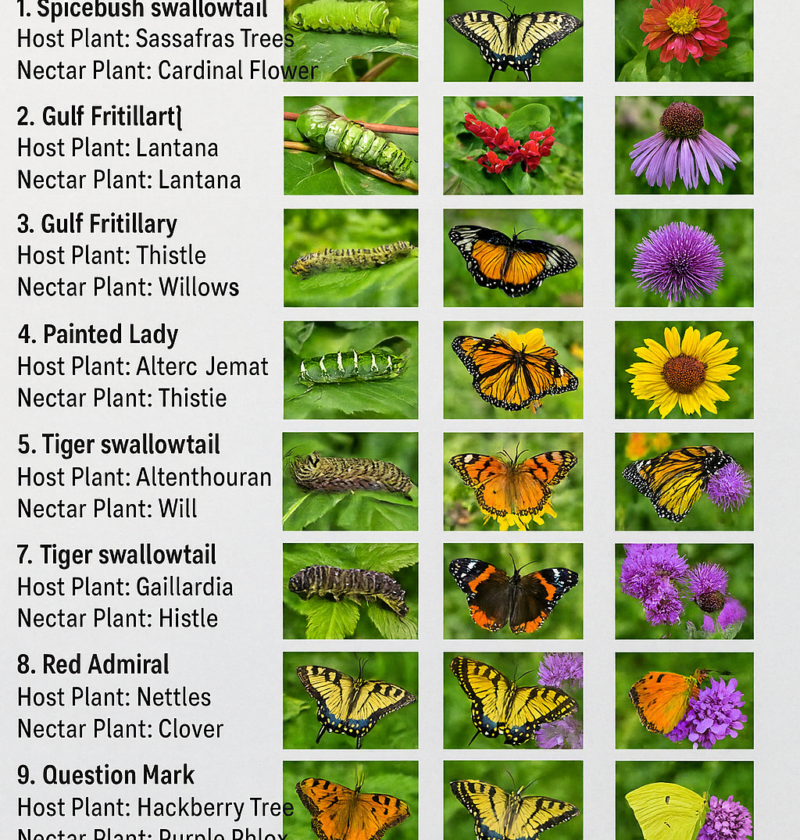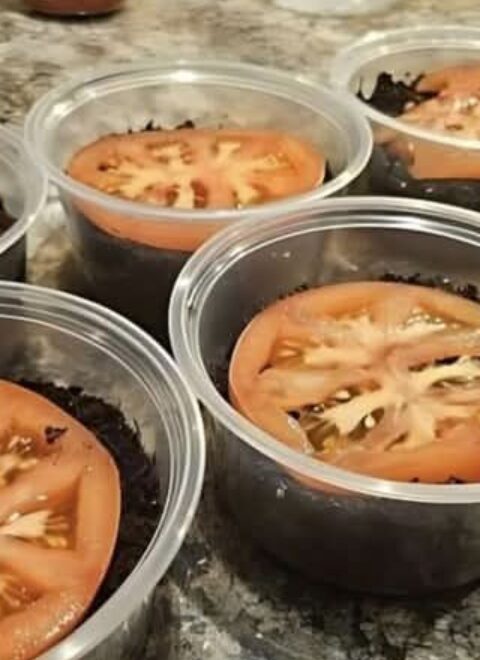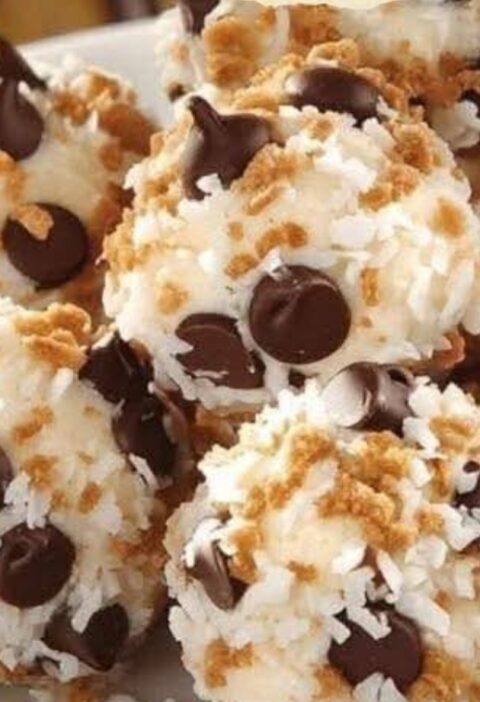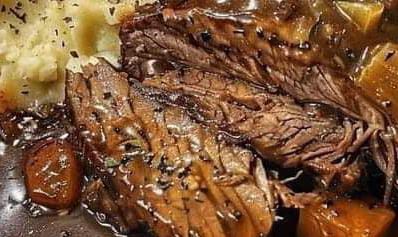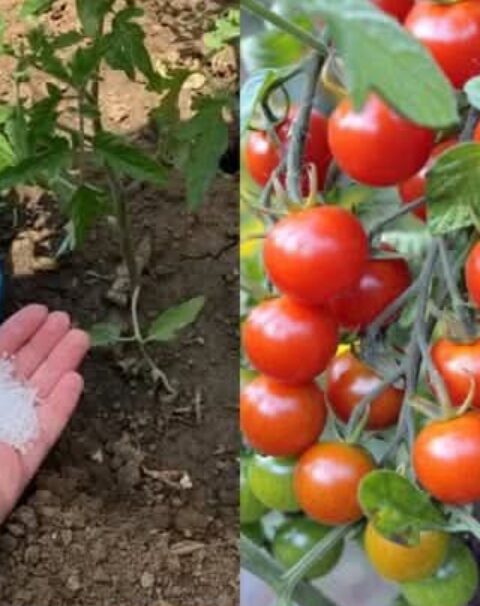Top 10 Butterfly-Friendly Plant Pairings for a Thriving Pollinator Garden
Introduction: Why Pollinator Gardens Matter
In today’s world of shrinking natural habitats and declining insect populations, pollinator gardens are more important than ever. These vibrant, flower-filled spaces offer nectar-rich food sources for butterflies, bees, moths, and other beneficial insects. But what truly transforms a pollinator garden from good to great is the inclusion of native host plants — essential for the caterpillar stage of butterflies and moths.
Each butterfly species relies on specific host plants to lay their eggs and feed their larvae. Without them, even the most flower-filled garden can’t fully support a butterfly’s lifecycle. That’s why smart pairing of nectar sources and host plants is key.
Below, discover 10 butterfly species and the perfect plant pairings to attract them, feed their adults, and sustain their next generation.
1. Spicebush Swallowtail
Host Plant: Sassafras (Sassafras albidum)
Nectar Plant: Cardinal Flower (Lobelia cardinalis)
Spicebush Swallowtails lay their eggs on native Sassafras and Spicebush plants. Their caterpillars are famously camouflaged to look like snakes — an incredible natural defense! The adult butterflies are drawn to the bright red blooms of Cardinal Flower, which thrive in moist, partially shaded garden spots.
> Tip: Plant Sassafras at the back of garden beds and Cardinal Flower in the foreground for height balance.
2. Zebra Swallowtail
Host Plant: Pawpaw (Asimina triloba)
Nectar Plant: Lantana (Lantana camara)
Zebra Swallowtails rely exclusively on pawpaw trees for their caterpillars. The adults are particularly fond of brightly colored nectar plants like Lantana, which bloom profusely and attract multiple pollinators.
> Did You Know? Pawpaw trees are also the largest edible native fruit in North America.
3. Gulf Fritillary
Host Plant: Passion Vine (Passiflora spp.)
Nectar Plant: Coneflower (Echinacea purpurea)
Gulf Fritillary butterflies love the dramatic and exotic-looking Passion Vine, which serves as the primary host for their spiky orange caterpillars. Adult butterflies flock to Coneflowers, which are heat-tolerant and easy to grow.
> Garden Tip: Train Passion Vine up a trellis to save ground space.
4. Monarch
Host Plant: Milkweed (Asclepias spp.)
Nectar Plant: Joe Pye Weed (Eutrochium purpureum)
Monarch butterflies are perhaps the most famous pollinators in North America, and their survival depends heavily on Milkweed. Joe Pye Weed, a tall and nectar-rich native wildflower, offers vital fuel for adults during their long migrations.
> Note: Use native species like Asclepias tuberosa (Butterfly Weed) or Asclepias incarnata (Swamp Milkweed) for best results.
5. Painted Lady
Host Plant: Thistles (Cirsium spp.)
Nectar Plant: Asters (Symphyotrichum spp.)
Painted Ladies are globe-trotters, often traveling thousands of miles. Their caterpillars feed on thistles, while adults favor fall-blooming Asters for a late-season nectar source.
> Bonus: These plants also support bees, moths, and other wildlife.
6. Viceroy
Host Plant: Willow (Salix spp.)
Nectar Plant: Thistle (Cirsium spp.)
Often mistaken for Monarchs, Viceroys are smaller but equally beautiful. They use willows as their larval host and visit thistles, milkweed, and other wildflowers for nectar.
> Tip: Plant native willows near a rain garden or moist area for best growth.
7. Tiger Swallowtail
Host Plant: Ash (Fraxinus spp.)
Nectar Plant: Gaillardia (Blanket Flower)
Eastern Tiger Swallowtails are large, yellow, and striking. Their larvae feed on several trees including Ash and Cherry. Gaillardia’s fiery, daisy-like blooms attract a wide variety of pollinators and bloom all summer.
> Garden Bonus: Gaillardia is drought-tolerant and thrives in poor soils.
8. Red Admiral
Host Plant: Nettles (Urtica spp.)
Nectar Plant: Marigold (Tagetes spp.)
The Red Admiral is known for its erratic flight and vibrant orange markings. Its caterpillars thrive on nettles, a plant often overlooked in traditional gardens. Marigolds provide reliable nectar and also help repel garden pests.
> Wild Garden Tip: Tuck a small patch of nettles behind other plants or in a pollinator corner.
9. Question Mark
Host Plant: Hackberry (Celtis spp.)
Nectar Plant: Butterfly Bush (Buddleja spp.)
Named for the tiny silver question mark on the underside of its wings, this butterfly lays eggs on native Hackberry trees. Adults are drawn to Butterfly Bush, which offers large clusters of nectar-rich flowers.
> Tip: Choose sterile or native cultivars of Buddleja to prevent invasiveness.
10. Sulphur Butterfly
Host Plant: Clover (Trifolium spp.)
Nectar Plant: Garden Phlox (Phlox paniculata)
Sulphurs are small, bright yellow butterflies that are easy to attract. Their caterpillars feed on clover, which is great for nitrogen-fixing in soil. Garden Phlox offers clusters of nectar-rich blooms throughout summer.
> Sustainability Tip: Let some clover grow in your lawn for an instant pollinator boost.
Layout Tips for a Butterfly-Friendly Garden
Sunlight is key: Most nectar plants and butterflies prefer full sun.
Layer plants: Include tall, medium, and ground-level flowers.
Add water: A shallow dish with stones can serve as a butterfly watering hole.
Avoid pesticides: Even organic sprays can harm caterpillars and butterflies.
Leave some “wild”: Butterflies love messy spaces and native plant groupings.
Final Thoughts: A Garden that Gives Back
By combining native host plants with nectar-rich flowers, your garden becomes a complete life cycle habitat for butterflies and other pollinators. These beautiful insects not only bring joy but play a crucial role in pollinating food crops and maintaining ecological balance.
Creating a butterfly garden isn’t just a hobby — it’s an act of restoration and hope.
